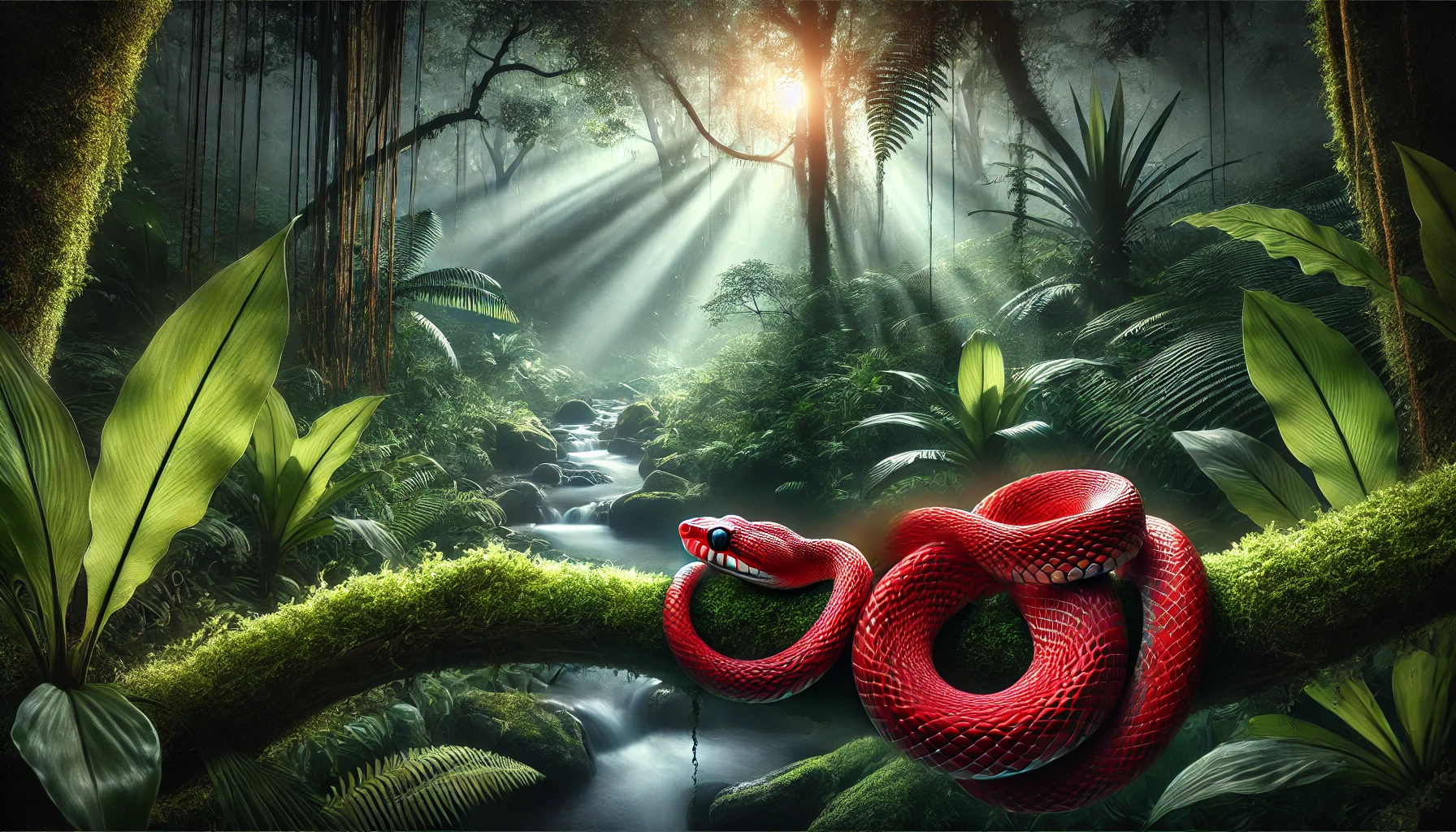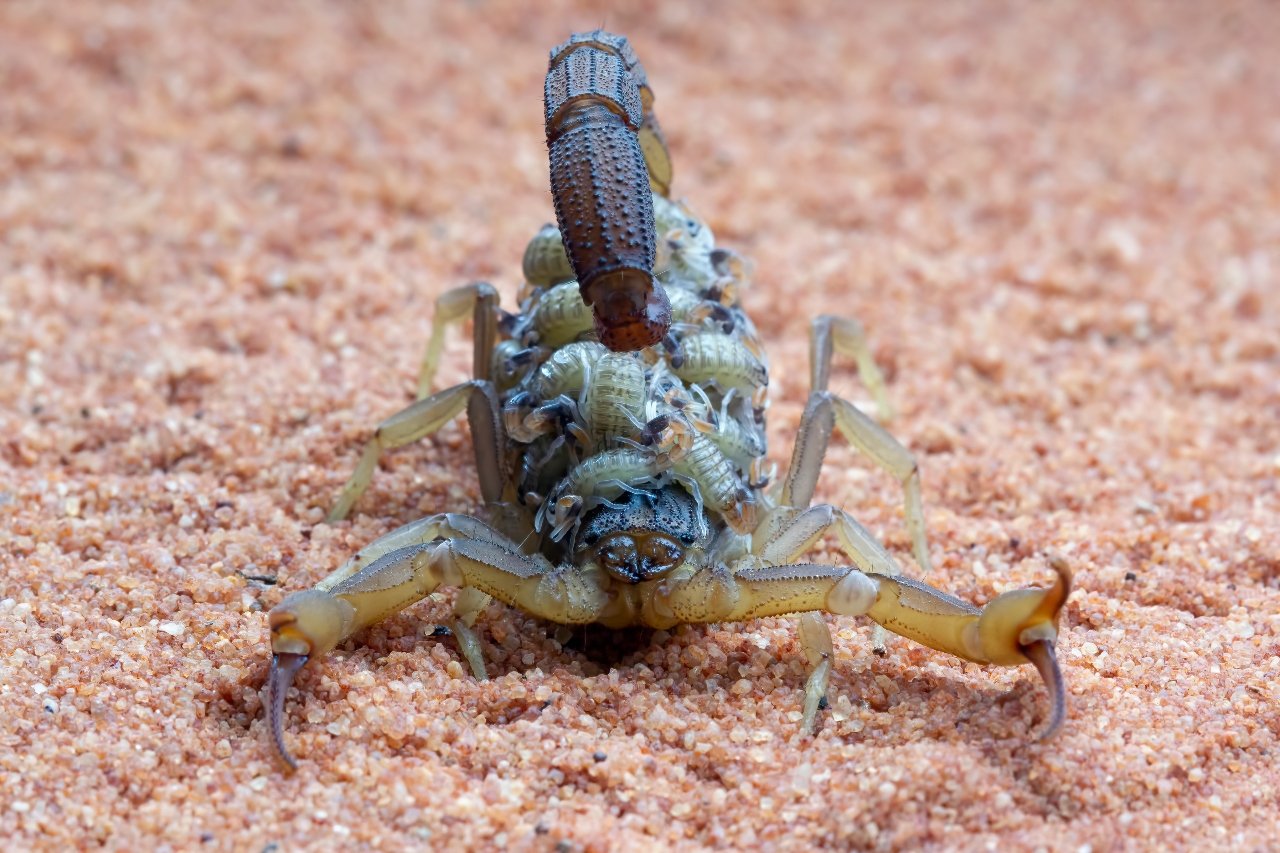Ruby Snake: A Guide to This Enigmatic Creature
 Ruby Snake: A Guide to This Enigmatic Creature
Ruby Snake: A Guide to This Enigmatic Creature
What Is a Ruby Snake?
The ruby snake is a rare and mesmerizing creature that captures the imagination of anyone who encounters it. With its vibrant red scales and graceful movements, it stands out in the animal kingdom. Despite its beauty, the ruby snake remains shrouded in mystery, making it a subject of fascination for scientists and nature enthusiasts alike.
Habitat and Distribution
Ruby snakes are primarily found in tropical rainforests, where they thrive in warm, humid environments. These snakes often dwell near rivers or streams, as they require access to water for hydration and hunting. While sightings are rare, they have been reported in regions such as Southeast Asia, Central America, and parts of Africa.
Physical Characteristics
The ruby snake is easily identified by its striking appearance. Its scales shimmer with a deep, ruby-red hue, giving the snake its name. The average length of a ruby snake ranges between three to five feet, though some individuals can grow even longer. Their slender bodies allow them to move swiftly through dense vegetation, making them adept hunters.
Behavior and Diet
Ruby snakes are primarily nocturnal, which means they are most active during the night. This behavior helps them avoid predators and hunt more effectively. Their diet consists mainly of small mammals, birds, and reptiles. Using their keen sense of smell and heat-detecting pits, they locate prey with remarkable precision. Once they strike, their strong constriction ensures a successful hunt.
Reproduction and Lifespan
The reproduction process of the ruby snake is another intriguing aspect of its biology. These snakes are oviparous, meaning they lay eggs. A female ruby snake typically lays a clutch of 10 to 20 eggs, which she guards until they hatch. The incubation period lasts about two months. In the wild, ruby snakes have a lifespan of 10 to 15 years, though individuals in captivity can live longer due to controlled environments and consistent food supply.
The Ruby Snake in Mythology
Throughout history, the ruby snake has been a symbol of power and mystery in various cultures. In some legends, it is believed to possess magical properties, such as the ability to bring good fortune or ward off evil spirits. This association with mysticism has only added to its allure.
Conservation Status
Due to habitat destruction and illegal wildlife trade, the ruby snake faces threats to its survival. Deforestation has led to the loss of their natural habitat, while their striking appearance makes them a target for poachers. Conservation efforts are underway to protect these snakes, including habitat restoration and anti-poaching initiatives.
Why Are Ruby Snakes Important?
Ruby snakes play a crucial role in their ecosystems. As predators, they help control populations of small mammals and other prey species, maintaining a balance within their habitats. Additionally, they contribute to the biodiversity of the regions they inhabit, highlighting the importance of their conservation.
How Can You Help Protect Ruby Snakes?
Individuals can contribute to the preservation of ruby snakes in several ways. Supporting organizations that focus on wildlife conservation is one effective approach. Raising awareness about the threats these snakes face can also make a significant impact. Furthermore, avoiding products made from snake skin and discouraging the illegal pet trade are crucial steps toward ensuring their survival.
Fascinating Facts About Ruby Snakes
- The ruby snake’s scales contain microscopic structures that reflect light, creating their shimmering appearance.
- These snakes are non-venomous, relying on constriction to subdue their prey.
- Ruby snakes are solitary creatures, coming together only during the mating season.
- Their ability to blend into their surroundings makes them elusive and difficult to spot in the wild.
Final Thoughts on Ruby Snakes
The ruby snake is a captivating creature that continues to intrigue people around the world. Its beauty, behavior, and ecological significance make it a species worth protecting. By understanding more about this enigmatic snake and taking steps to preserve its habitat, we can ensure that future generations have the opportunity to appreciate its splendor.











